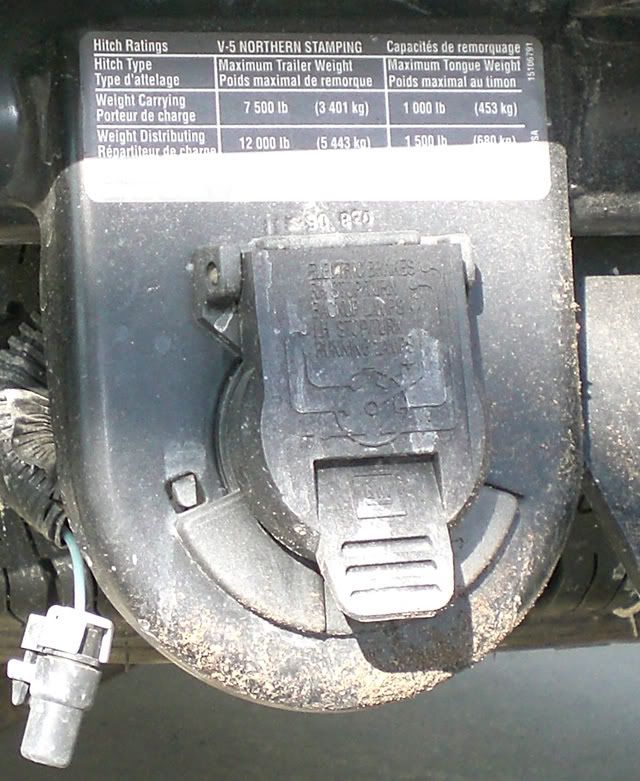Slowmover wrote:
snip....
There aren't any "extremists". Vehicle manufacturers require weight distribution. Anti-sway is optional. This is not in dispute.
Mischaracterizing those involved, or the issue in play, is unworthy of what is at stake.
A hitch that provides only good anti-sway is not a recommendation of this hitch versus competitors if it cannot meet the basic requirement of a WD hitch.
As time goes on we may have a picture of what vehicle type and what trailer TW may be a good match for it IF other concerns -- all legitimate -- about how well this hitch is secured, etc, can be answered. It will be a short list, that seems certain (short of a re-design).
"Can't meet the basic requirement" is an enormous problem. All of us like the idea of a lightweight, low-effort hitch, quiet hitch with decent anti-sway. But this is one that cannot, at present, be called a WD hitch (except for a sub-set of TV & TT not yet defined). It's virtues are completely outweighed by that deficiency.
.
Agree and add that towing specifications/ratings/etc is a system comprised
of many sub-systems and components
Which all have their 'own' ratings
Since a whole system, they all must play in concert and that the old
adage of: "a chain is only as strong as it's weakest link" is correct
The topic you guys are talking about has the receiver label the 'weak
link' over the TV's ratings, or it could be rated for way more than the
TV is rated for
Meaning things are too often taken out of context and referenced as
an absolute...
Take this image of buddies 2007 GMC 2500HD's OEM receiver. It does
have ratings/limits on dead weight and transitions to requiring a
WD Hitch system to go any heavier than the dead weight rating

So if a TV manual says no WD needed, then the receiver rating becomes
the limiting component
